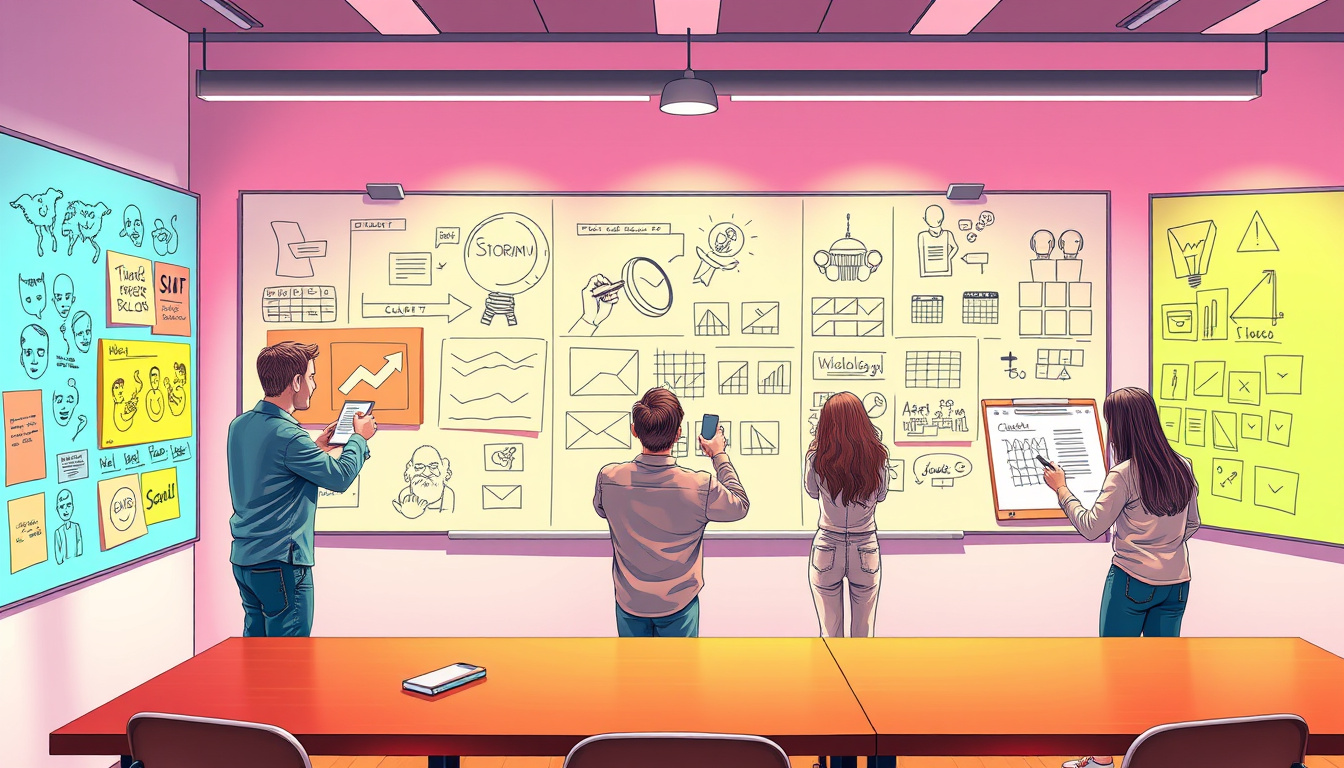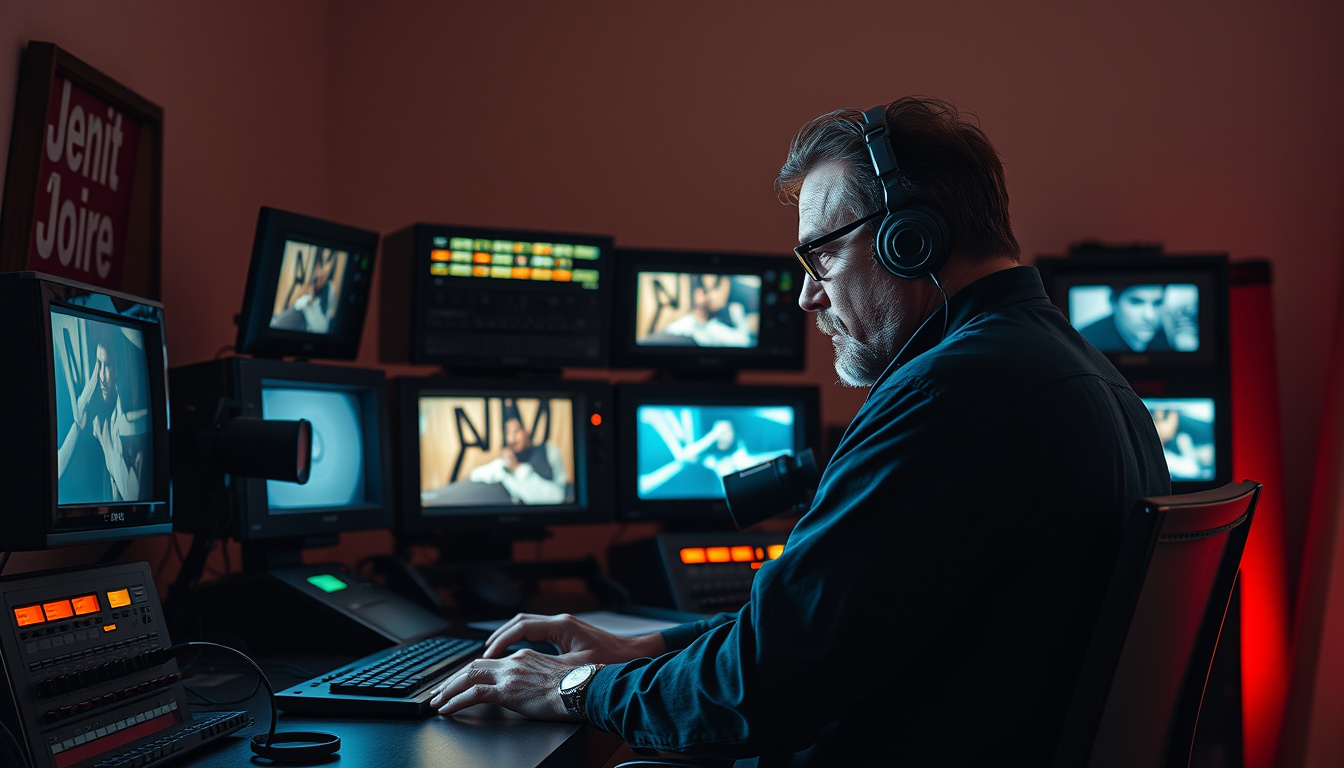
Montage Madness: The Scriptwriter’s Guide to Visual Wizardry
Once upon a time, in the land of cinematic storytelling, there existed a magical tool so powerful that it could condense time, evoke emotions, and propel narratives forward with a mere flicker of images. This, dear scriptwriters, is the montage, the unsung hero of film and television. But how does one harness such power within the confines of a script? Fear not, for we shall embark on a whimsical journey through the art of crafting visually engaging montage scenes. Fasten your seatbelts, grab your popcorn, and let the montage madness begin!
Understanding the Montage Beast
Before we dive into the nitty-gritty, let’s get acquainted with our beast. A montage is not just a random assortment of clips set to the latest chart-topping hit. No, it’s a storytelling shortcut that allows you to compress time, develop your characters, and advance your plot in a visually engaging way. From the Rocky training sequences to the whimsical passing of time in Up, montages can convey a wealth of information and emotion, all without a single word of dialogue.
Envisioning Your Montage
First things first, let your imagination off its leash. The beauty of writing a montage is that you’re painting with images, so think big, bold, and outside the box. Begin by asking yourself what you want to achieve. Are you showcasing the protagonist’s journey to becoming a ninja pastry chef? Are you compressing the awkward first year of college into a two-minute giggle-fest? Understanding your end goal is crucial.
The Blueprint of Visual Feasts
Now, for the blueprint. While your montage might be a visual feast, it starts with words on a page. Start by setting the scene in your script in a way that’s clear to your director, editor, and cinematographer. Use short, punchy sentences to describe each shot. And remember, this is your moment to be a director in writing—suggest the pace, the mood, and any key elements (such as a recurring motif) that tie the montage together.
Music to My Eyes
Ah, music, the soulmate of the montage. Even though you might not get to choose the final track, suggest the type of music that fits the mood of your montage. Is it a high-energy punk anthem for your underdog’s journey? Or perhaps a melancholic orchestral piece for your character’s reflection on lost love? Your suggestion can guide the rhythm and feel of the montage, even if the specifics change later.
Scripting the Emotional Rollercoaster
Every montage is an emotional journey. Your job is to make sure it’s one worth taking. Mix up your visuals to keep the audience engaged. Juxtapose high-energy action shots with slower, more reflective moments. Play with colors, lighting, and visual metaphors to add depth to your narrative. The aim is to make your audience feel something, whether it’s pumped-up enthusiasm or a bittersweet sense of nostalgia.
The Devil’s in the Detail
While montages are broad strokes, the devil’s indeed in the detail. Those tiny, seemingly insignificant moments can be the most powerful. A tear falling into a cup of coffee, the clenching of a fist, a look of determination in the eyes. These moments breathe life into your montage, giving it texture and authenticity. So, sprinkle these liberally throughout your script.
Avoiding the Montage Pitfalls
Alas, with great power comes great responsibility. Montages can easily become clichéd or heavy-handed if not handled with care. Avoid packing too much into your montage; you’re crafting a narrative, not a highlight reel. And please, for the love of cinema, ensure your montage serves a clear purpose in your story. A montage for montage’s sake is a sin punishable by endless eye rolls from your audience.
So, dear script wizards, as you sit before your enchanted screenplay, remember that crafting a visually engaging montage is much like brewing a potent potion. It requires a pinch of creativity, a dash of detail, and a generous dollop of storytelling savvy. Go forth, conjure those images, and create montages that will bewitch the minds and hearts of audiences far and wide.
Final Act: The Montage Manifesto
Let this be your montage manifesto: To wield the power of visual storytelling in a way that captivates, entertains, and moves your audience. With the right blend of imagery, emotion, and narrative, your montages can become the unforgettable highlights of your storytelling arsenal. Now, go forth and montage with might!






